Europe
Europe – a far flung continent of contrast and change
It is an unfortunate fact that in common parlance today the term Europe has come to mean the European Political Union. Europe of course is much bigger than that political entity and is wonderful in its diversity of peoples and cultures.
It was recently my privilege to attend the first Baltic-Slavic International Conference of Aromatherapy in Palanga in the country of Lithuania. Along with a few Brits and Danes comprising the “western” delegation it was our joy and privilege to look at another world of aromatherapy. From a therapeutic point of view, the first point of difference was the make up of the audience, which had a distinctly medical bias compared to that found in the so called west.
The countryside round here rolls on and on and as one person said, it’s wonderful tank country! Although in a way that was an unfortunate remark, it is also true and reminds you of the way that life has been here for centuries. The ebb-flow of peoples and the fortunes of war. In the European Union there is very little teaching of the history of these central and eastern European countries but it was from this part of the world that the great horse armies of the past have emerged. It was in these countries that the Mongols, Turks and Tartars confronted the Europeans. Just as the Vikings loved their boats, it was these countries that loved their horses. When you look at the map of Europe today, we forget for example that at one time the Kingdom of Lithuania and Poland extended from the Baltic to the Black Sea and that today one of the great journeys of the world is still the trans Siberian railway. You could loosely say that you could walk or cycle from the Baltic to the Pacific, crossing countries long forgotten but with an ancient history.
So it is against this background that modern day aromatherapy seeks to establish itself in this part of the world. The first thing we may come to understand is that plant medicine in most of these countries is alive and well, unlike many other parts of the world. Research into plant material is substantial and much of the research centres upon aromatic plants or essential oils.
In essence there is a big tradition of aromatic medicine in this part of the world. This was highlighted in the beautiful coastal town of Palanga, sitting there on the Amber Coast of the Baltic Sea. Imagine great swathes of sand, pine trees and the whispering grasses echoing the tread of ancient peoples and their ways. These subtle echoes could be found in every paper at the conference and in the faces and eyes of the delegates. It was easy to slip from myth to psychotherapy and onto antibiotics in one easy, exotic roll.
If we look in all the pop books of aromatherapy, Egypt seems to be the common starting point for aromatherapy. It is true that Egypt was a world of aromatics, indeed a world of the nose where incense was the food of the gods. As I write in my board room here, I look on my shelves and see two beautifully carved Egyptian incense scoops that were used to offer incense to the sacred fires. However, as with most civilisations, Egypt had also borrowed from various places around them and from other civilisations such as the Minoan which had their own aromatic traditions. Minoa generally raises memories of the labyrinth, the Minotaur, Ariadne and Theseus. The remarkable museum at Heraklion in Crete however demonstrates not only the grace of the young bull jumpers but also the beauty of the ceramics and frescoes that adorned this ancient civilisation. Again, as I write, I can see a beautiful image of the two golden bees that were essential to the religions of the area but also central to the medicines of this part of the world where different aromatic honeys were considered of medicinal value and propolis considered the aromatic cure all
.
I was reminded of Minoa whilst watching in Lithuania, as part of the conference, a traditional fire festival celebrating the death of the sun where bread and honey was passed around amongst the delegates. Aromatic honey too is used in massage by shamanic practitioners even as far east as Siberia. It’s a side of aromatherapy that needs delicious revival.
These clues begin to add up and direct our attention to “aromatherapies” that have origins a long way from those countries normally considered European, e.g. France, Spain, Italy or Germany which as a nation state was a relatively late arrival. So how did this aromatic tradition arrive in these far flung parts? The route is relatively straightforward. First we have the establishment of the Greek empire under Alexander. Although we call this a Greek empire, if we look at the ethnicity of Alexander and his father we might consider this a more Balkan situation rather than entirely Greek! Alexander and his army moved as we know to virtually the Chinese border. Perhaps his preferred place of dwelling was the ancient city of Babylon and the great city of the library in Egypt, Alexandria was named for him before the empire split into its four parts. The transportation and unification of various aromatic medicines were transposed by the Greeks from west to east and back again. The Greeks absorbed the influence of Persia and Medea and accumulated a vast knowledge that arguably supplied the traditions that in the West today we call Eastern medicines, the Chakra systems, the meridians, the elements which were all part of Greek medical philosophy. They were familiar to Plato, Socrates and other philosophers in mathematics to medicine.
Eventually the Romans gained the inheritance of these traditions and in its heyday Rome was the repository of medical wisdom. Much later on the Roman empire split into two parts. Few people seem to remember this these days. The eastern empire was based on Byzantium, Constantinople or modern day Istanbul whereas the western empire, based in Rome, at least religiously, moved as far west as Avignon at one time. A variety of religious and secular conflicts in the eastern Mediterranean, including the Crusades, led to a separation between east and west Europe and in the far north east of the land mass of Asia was found the rising Mongolian empire. Byzantium was a city of wealth and education, a sumptuous city, a seductive city, a desirable city that eventually fell to the Muslims. The last outpost was Cyprus, the Island of Aphrodite and which gave its name Chypre to a genre of perfume.
An historic person whom is always noted in pop books is the Arab named Avicenna. He is considered the father of distillation and aromatic medicine. To begin with, Avicenna was certainly not an Arab and he was more likely the inheritor of the medical tradition rather than the inventor. Today he is rightly claimed as a son of Tajikistan, one of the central Asian republics. Certainly he was writing and working in Bokhara, that famed city of the Silk Road along with Samarkand and recorded in Marco Polo’s exploits.
Marco Polo’s travels
can be seen as the turning point in east/west trade. Popular literature centres on China, but he was really working within the Mongol empire and crossed many different cultures and lands on the way too and fro. Polo was a Venetian and it must remembered that the Venetians and the Genoese in their city states were rivals over the Byzantine trade and all that Byzantium represented. The Medici were heavily involved in this trade war and were influential in setting up the perfumery industry in Grasse in southern France with perfumes of the east. Venice won out and became a centre of aromatic materials, perfumes medicines and spices.
So we can begin to see that there was always a tradition of essential medicine and aromatic medicine with a central Asian bias, which extended not only south west to modern day Turkey but also to the Baltic as well as the Pacific. Mongols, Turks and Tartars frontiered at Vienna in Austria, invaded the kingdoms of Poland and Lithuania and overran Russia. The interchange of culture and medicine was tremendous across these vast European and Asian territories from Mongol to Slav.
As mentioned earlier, this was a world of horse soldiers and strange as it may seem, a select form of massage was developed, today called Slavic massage, based upon the long stretching movements and supportive movements which in reality developed from the need to care for horses. As regards the sensuality of this massage style and the attendant aromatics, these perhaps peaked in the time of Anthony and Cleopatra. You can still find this “Roman” bath tradition alive and well in Turkey, only today we call the system Turkish baths. They have a long history. We see that the Turks, the Slavs and the Balts all had commonality in terms of their view of the body, massage and aromatic medicine. A “Bath” included a well oiled and aromatic body and soul.
Now let us turn our attention a little to the arts. The Art Nouveau movement owes a lot to Eastern Europe. Perhaps the greatest exponent of the Art Nouveau was the Czech, Mucha. Please notice in this art form the principal flowing movement from left to right with circles at both ends. This flowing movement is typical of Slavic massage and indeed is familiar to anyone who has groomed a horse! This flow is also seen in the ballet and particularly at the turn of the century we see with the revival of Slavicism, the incredible Diagalev ballet and Stravinsky’s Rite of Spring turning heads and minds to the merits of the past. You could say that the turn of the century was pivotal for many art forms although subsumed in the first World War. Nicholas Roerich the inspired visionary painter of the time so beautifully captures the herb gatherers. It is said that Rasputin was a great masseur.
Looking at the official view of aromatherapy unsurprisingly we find for example Margaret Koenig (Maury) was not French but a child of the Austro Hungarian empire. She always had a love of music, including Chopin, Lizt, Schubert and her father was a great admirer of the controversial sensual artist Klimt. Various groups of artists brought to the west their own traditional medicines. The great dancer Nijinsky was undoubtedly a user of the aromatic balms found from the Baltic to the Pacific. These traditional balms, which we would call herbal oils, or aromatic infusions, are in regular use today, as they have been for centuries both for horses and humans! The émigrés after the 1917 revolution invariably settled in France adding to that country’s interest in perfumery.
Another aspect of this geographic area of interest is that the aromatherapy of the east has always promoted life force or vital energy under a variety of different names. Hence the interest in real plant material growing in the right way, harvested in the right way etc. This traditional approach is not so well appreciated in the west where laboratory conditions are favoured over the natural growing cycle. Margaret Maury also promoted
this interest in vibrational aspects. She married in France a homeopathic doctor and for a time the Guerlain company, renowned for its magnificent perfumes, also considered the vibratory aspects of aromatics, which is a very ancient tradition and a long way from the standard analysis of today. It lies at the heart of aromatherapy.
The famous writer Maxim Gorky wrote in My Apprenticeship “the air was heavy with the smell of resin and a gentle breeze from the fields rocked the horsetails. With her swarthy hands, Grandmother started picking herbs, and at the same time she told me all about the healing properties of St John’s Wort.” In two sentences he captures the aromatic essence of Eastern Eurpe. E astern Europe has a great deal to contribute to the world of aromatherapy. Not only is there a long tradition of aromatic medicine and a close relationship with the medicine of the Middle Ages, proposed or pioneered by Avicenna but there is a living tradition even today. Recent travels to Kazakhstan have demonstrated a wide range of traditional aromatic medicines as these countries unravel themselves from fifty years plus of Communist economics. People are again discovering the wonderful geranium available from Uzbekistan or the angelica from Poland, the sunflowers of Hungary and so on. These countries have an ancient tradition and are a goldmine of aromatic information. Let us hope that the economies of the world allow them to develop these traditional natural resources as their own. Let us also hope that the “experts” of aromatherapy will give due regard to these people’s traditions rather than reinventing them and claiming them as their own. Eastern and Central Europe has as great a claim to being originators of aromatherapy as any other area and better than most.
Cosmetology in eastern and central Europe is also very well developed, using many of the principles of aromatic plants. It is interesting to note that the subtitle of Margaret Maury’s guide to aromatherapy is the Secret of Life and Youth. This harps right back to the idea of a fragrant pharmacy or perfumed pharmacy. In the 14th century one of the original perfumes, called Hungary water, was made for the Queen of Hungary. It was so miraculous that in her seventies she received a proposal from the King of Poland because she looked so youthful!
Today a variety of cosmetic creams and soaks can be found based on aromatic herbs. Cosmetics are more highly perfumed than in Western Europe and the aroma is seen not as an adjunct but as a primary active. Treatment creams are in vogue and the search for eternal youth begins early in these driers climates (yes, a cold and snowy area can be as dry as a desert!)
As a last tribute to the East, we could say how odd it is that the proponents of aromatherapy today have been the British. They have inherited the ideas put forward by Margaret Maury and so as the wheel of the century has turned the Western Isles promote a Central and Eastern concept. As a quirk of fate, wasn’t it really the British, seeking a cure for dysentery in India, that actually created or discovered Eau de Cologne. Well, that’s quite another story.
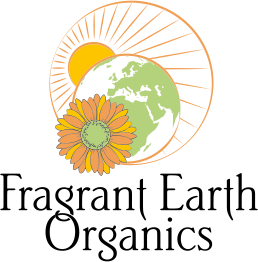
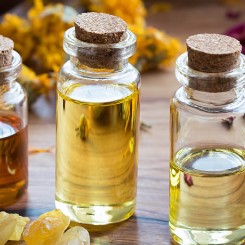 Essential Oils
Essential Oils
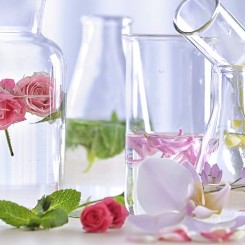 Hydrolats, Hydrosols, Floral Waters
Hydrolats, Hydrosols, Floral Waters
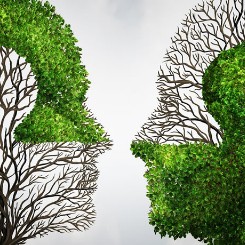 Synergies
Synergies
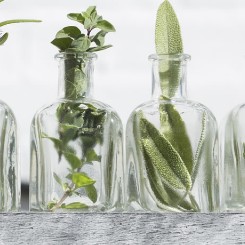 Herbal Oils
Herbal Oils
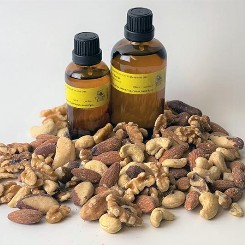 Vegetable Oils
Vegetable Oils
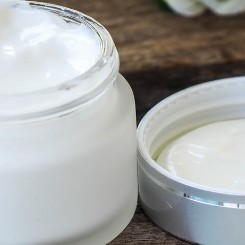 Bases
Bases
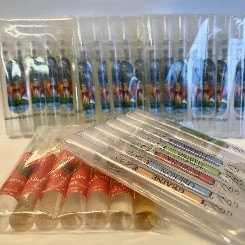 Books, Kits and Trial Packs
Books, Kits and Trial Packs
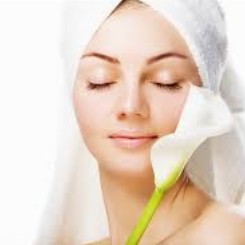 Skincare
Skincare
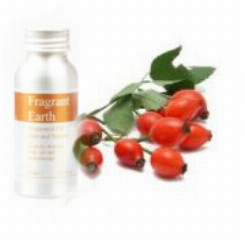 Body Care Oils
Body Care Oils
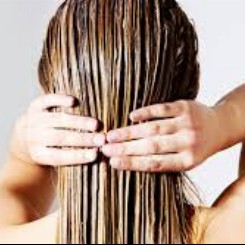 Hair Care
Hair Care
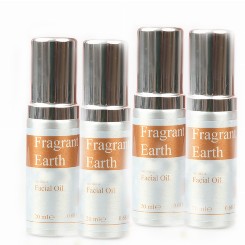 Facial Oils
Facial Oils
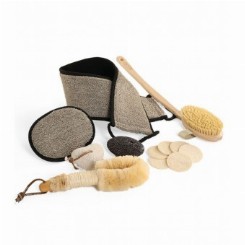 Eco Bath
Eco Bath
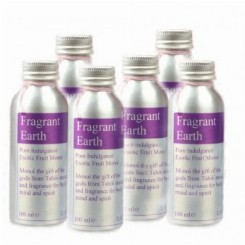 Pure Indulgence
Pure Indulgence
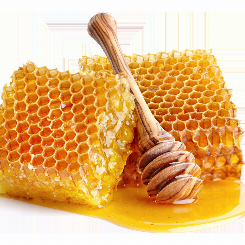 Honey, Beeswax & Propolis
Honey, Beeswax & Propolis
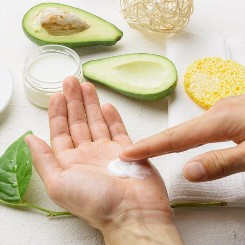 Handcream
Handcream
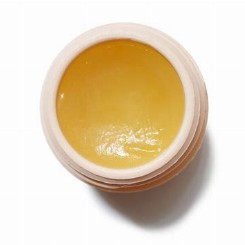 Balms, Salves & Ointments
Balms, Salves & Ointments
 Oral Care
Oral Care
 Feminine Hygiene
Feminine Hygiene
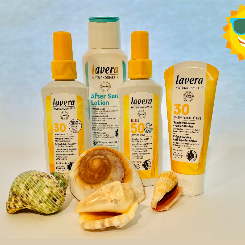 Sun Care
Sun Care
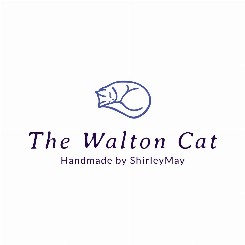 The Walton Cat
The Walton Cat
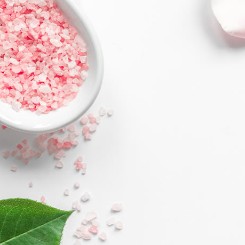 Bath Salts
Bath Salts
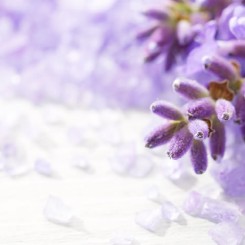 Somerset Lavender
Somerset Lavender
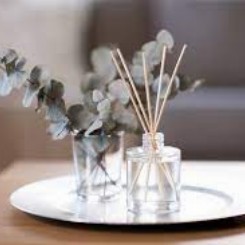 Diffusers
Diffusers
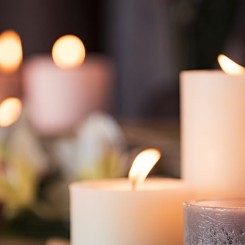 Candles
Candles
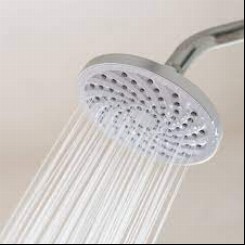 Shower Gel
Shower Gel
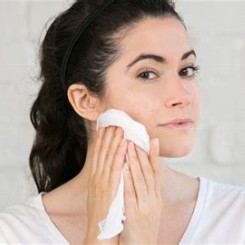 Soap
Soap
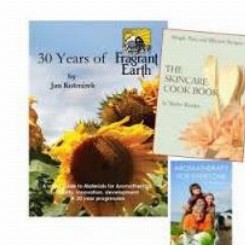 Books
Books
-245x-245x.jpg) Aromatic Waters
Aromatic Waters
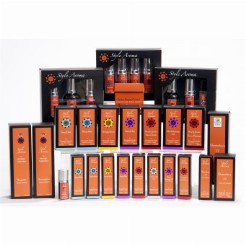 Style Aroma
Style Aroma
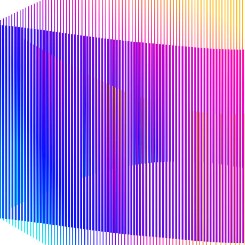 Synergy Blends
Synergy Blends
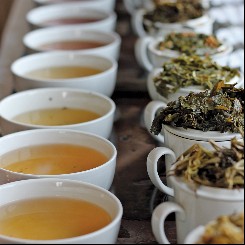 Miles Speciality Teas & Coffees
Miles Speciality Teas & Coffees
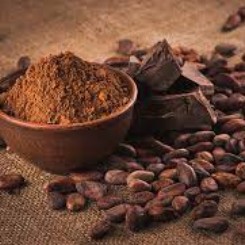 Chocolate one of life's passions
Chocolate one of life's passions